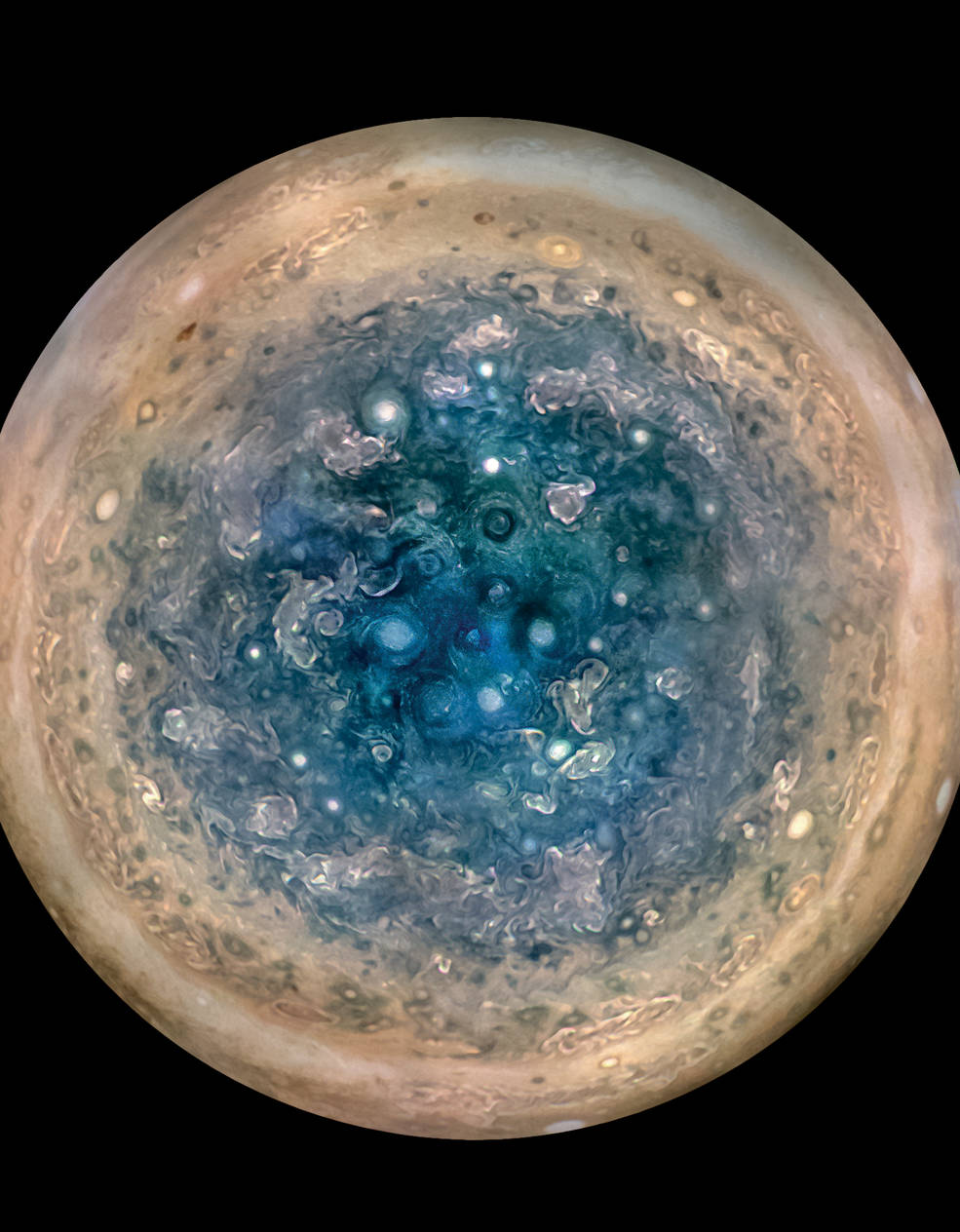via AbeBooks.com by Richard Davies

A Dodge City license for prostitution from 1876
This remarkable document sold via AbeBooks.com yesterday – a license for prostitution issued by the authorities in Dodge City, Kansas, on 10 March 1876.
The girl, named as Laura Belle, paid $2.50 every three months and had to post the license in her room above the saloon where she conducted her business.
Take a closer look and you will see the license is approved by Marshal Wyatt Earp, the Wild West’s most famous lawman who participated in the gunfight the O.K. Corral, but these documents were issued through the county assessor’s office so neither Earp nor his deputy Bat Masterson took part in the issuing of the document.
The photograph of Laura also catches the eye. There’s a sad resignation to her expression.
=============================
via Boing Boing by Andrea James

Russian designer Liliya Gorbach makes delightful and brightly-colored glass boxes, plates, and wall art that could brighten up any room.
Continue reading
=============================
How the superrich have funded a new class of intellectual
via 3 Quarks Daily: David Sessions in The New Republic

Illustration by Sue Coe
Writing in one of Mussolini’s prisons in the 1930s, the Italian Marxist Antonio Gramsci jotted down the fragments that would become his theory of intellectuals. New classes, like the European bourgeoisie after the Industrial Revolution, he proposed, brought with them their own set of thinkers, which he called “organic intellectuals” – theorists, technicians, and administrators, who became their “functionaries” in a new society. Unlike “traditional intellectuals” who held positions in the old class structure, organic intellectuals helped the bourgeoisie establish its ideas as the invisible, unquestioned conventional wisdom circulating in social institutions.
Continue reading
=============================
via the Guardian by Chris Arnot

Romney, Hythe and Dymchurch, Kent Photograph: Roger Bamber
Continue reading
Why pick that one out of the ten in the article? I had to think for a moment and then realised that it reminded me that one of my classmates used to get the train to Hythe and then a bus to get to out school in Folkestone. Seemed exotic to me at the time but was probably merely tedious.
=============================
via Big Think by Robby Berman

Image via the Guardian
Pink and White Terraces (1886) by Charles Blomfield. Photograph: Alamy
They were called the Pink and White Terraces of Lake Rotomahana, and they were in the Rotorua district of New Zealand. There were two lakes nearby, called Rotomakariri (Cold Lake) and Rotomahana (Warm Lake) by the local Maori. Lake Rotomahana was home to the spectacular Travertine terraces caused by mineral deposits from nearby hot springs. The terraces were the largest of their kind anywhere, and were referred to by some as the “8th wonder of the world.” At least they were, until Mount Tarawera erupted through the center of Lake Rotomahana on June 10, 1886, and obliterated them. Or did it?
Continue reading
=============================
via OUP Blog by J.C. McKeown

Drastic advances in science have caused past medical practices to become not only antiquated, but often shocking. Although brilliant medical insights are peppered throughout history, many dated practices are more curious than insightful. From an early take on chemical warfare to human dissections, the following shortened excerpt from A Cabinet of Ancient Medical Curiosities includes short facts and quotes on some of the most famous doctors from the Ancient World.
Continue reading
=============================
via ResearchBuzz Firehose: British Library
The hero, Shah Ji, faints at his first sight of his beloved, Mah Ji
One of the treasures of the Urdu manuscript collection at the British Library has been digitised and made available online. The Pem Nem (Add.16880) is one of the finest examples of manuscript illustration from the court of Sultan Ibrahim Adil Shah II, who ruled the kingdom of Bijapur from 1580 to 1627. Containing 34 miniature paintings illustrating the Sufi love story of prince Shah Ji and princess Mah Ji, the manuscript was written by an author by the name of Hasan Manju Khalji, bearing the pen name of Hans.
Continue reading
=============================
via 3 Quarks Daily
Who says science fiction
is only set in the future?
After a while, the story that looks least
believable is the past.
The console television with three channels.
Black-and-white picture. Manual controls:
the dial clicks when you turn it, like the oven.
You have to get up and walk somewhere to change things.
You have to leave the house to mail a letter.
Waiting for letters. The phone rings: you’re not there.
You’ll never know. The phone rings, and you are,
there’s only one, you have to stand or sit
plugged into it, a cord
confines you to the room where everyone
is also having dinner.
Hang up the phone. The family’s having dinner.
Waiting for dinner. You bake things in the oven.
Or Mother does. That’s how it always is.
She sets the temperature: it takes an hour.
The patience of the past.
The typewriter forgives its own mistakes.
You type on top sheet, carbon, onion skin.
The third is yours, a record of typeovers,
clotted and homemade-looking, like the seams
on dresses cut out on the dining table.
The sewing machine. The wanting to look nice.
Girls who made their dresses for the dance.
Continue reading
=============================
via 3 Quarks Daily: Rachel Cernansky in Nature

Common species such as this guineafowl pufferfish (Arothron meleagris) may have important functions in their ecosystems.
Emmett Duffy was about 5 metres under water off the coast of Panama, when a giant, tan-and-white porcupinefish caught his eye. The slow-moving creature would have been a prime target for predators if not for the large, treelike branches of elkhorn coral (Acropora palmata) it was sheltering under. The sighting was a light-bulb moment for Duffy, a marine biologist. He'd been to places in the Caribbean where corals were more abundant and more diverse, but smaller; the fish there were always small, too. Here, in the Bocas Del Toro archipelago, he was seeing a variety of big fish among the elkhorns. “The reason these large fish were able to thrive,” he says, “was that there were places for them to hide and places for them to live.” For Duffy, that encounter with the porcupinefish (Diodon hystrix) brought to life a concept that had long been simmering in the back of his head: that the health of an ecosystem may depend not only on the number of species present, but also on the diversity of their traits. This idea, which goes by the name of functional-trait ecology, had been part of his lab work for years but had always felt academic and abstract, says Duffy, now director of the Smithsonian Institution's Tennenbaum Marine Observatories Network in Washington DC.
Continue reading
=============================
The south pole of Jupiter
via Boing Boing by Rob Beschizza

From Nasa’s Juno probe:
This image shows Jupiter’s south pole, as seen by NASA’s Juno spacecraft from an altitude of 32,000 miles (52,000 kilometers). The oval features are cyclones, up to 600 miles (1,000 kilometers) in diameter. Multiple images taken with the JunoCam instrument on three separate orbits were combined to show all areas in daylight, enhanced color, and stereographic projection.
via Boing Boing by Rob Beschizza

From Nasa’s Juno probe:
This image shows Jupiter’s south pole, as seen by NASA’s Juno spacecraft from an altitude of 32,000 miles (52,000 kilometers). The oval features are cyclones, up to 600 miles (1,000 kilometers) in diameter. Multiple images taken with the JunoCam instrument on three separate orbits were combined to show all areas in daylight, enhanced color, and stereographic projection.
No comments:
Post a Comment